
Distributed Learning Systems - Distributed AI Learning
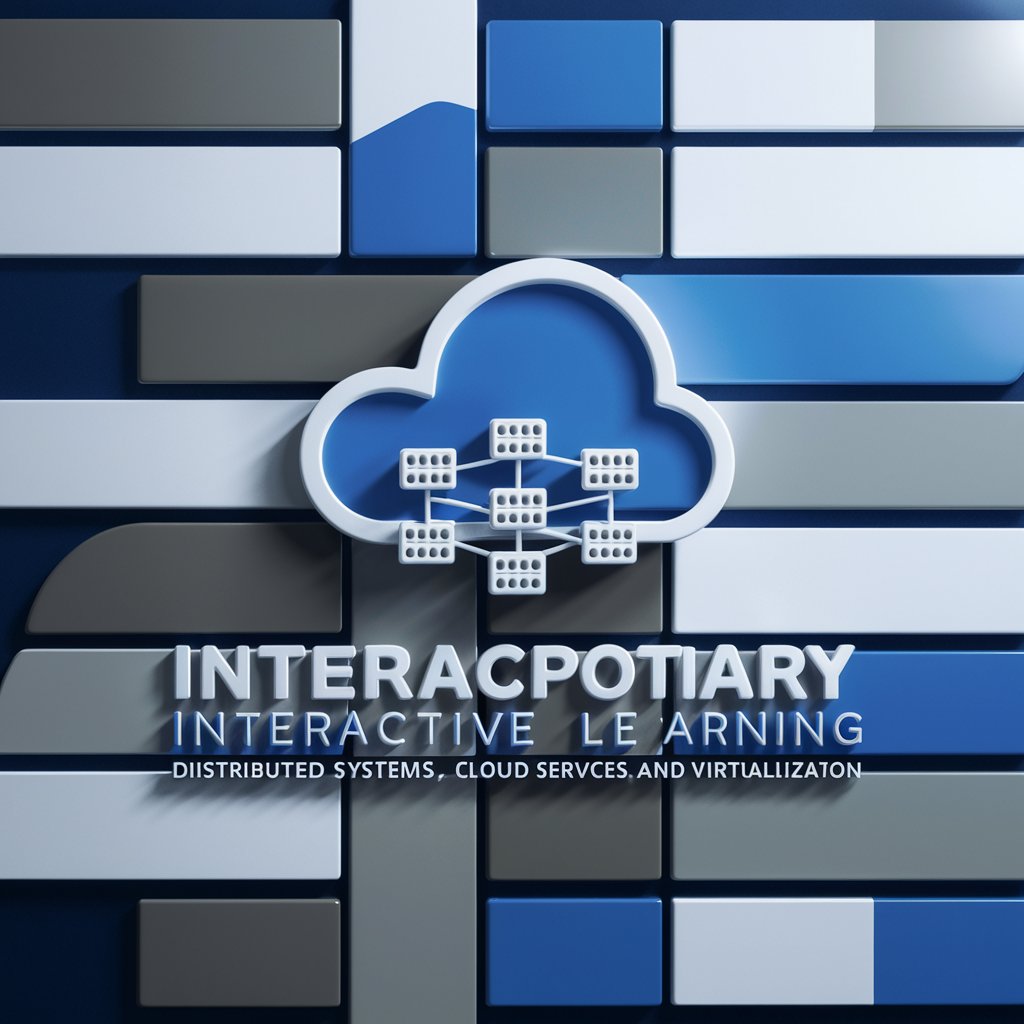
Hello! Let's dive into the world of distributed systems and cloud technologies together.
Powering AI with Distributed Intelligence
Explain how Docker simplifies application deployment in a distributed system.
What are the key components of a cloud-based distributed architecture?
How does AWS facilitate scalable cloud computing for enterprises?
Compare and contrast Redis with other in-memory data stores for caching.
Get Embed Code
Introduction to Distributed Learning Systems
Distributed Learning Systems are designed to facilitate the management, deployment, and execution of machine learning models and training processes across multiple computational environments. These systems are structured to utilize resources from various nodes in a network, effectively distributing the workload to enhance performance, scalability, and efficiency. An example scenario is training a complex deep learning model using datasets that are too large for a single machine. By splitting the dataset and distributing the training task across multiple servers or nodes, a Distributed Learning System can reduce training time significantly while managing resources efficiently. Powered by ChatGPT-4o。

Main Functions of Distributed Learning Systems
Parallel Processing
Example
Utilizing multiple processors to execute multiple training jobs simultaneously.
Scenario
In a real-world application like image recognition, a Distributed Learning System can employ parallel processing to train separate parts of a neural network on different GPUs, speeding up the overall training process and making it more cost-effective.
Data Distribution
Example
Automatically partitioning large datasets across multiple nodes.
Scenario
A health research institute could use Distributed Learning Systems to distribute parts of a large genomic dataset across multiple servers, ensuring faster data processing and analysis without the bottleneck of data transfer and storage limits.
Fault Tolerance
Example
Automatically detecting and compensating for failures in nodes or network segments.
Scenario
In a financial services firm, if one node processing real-time transaction data fails, the system can reroute tasks to other nodes without disrupting the overall data processing pipeline, thereby maintaining continuity and reliability of service.
Resource Optimization
Example
Balancing computational loads based on node performance and network latency.
Scenario
An e-commerce company uses a Distributed Learning System to dynamically allocate more resources to its recommendation engine's model training during off-peak hours, optimizing resource use while maintaining user experience during high traffic periods.
Ideal Users of Distributed Learning Systems
Tech Enterprises
Large technology companies that require extensive data processing capabilities will benefit from Distributed Learning Systems by leveraging scalable computing resources to manage big data, improve machine learning model accuracy, and reduce operational costs.
Academic Researchers
Researchers in fields like genomics, climate science, and physics can use Distributed Learning Systems to handle complex simulations and data analysis tasks that require substantial computational power, facilitating faster experimentation and discovery.
Financial Institutions
Banks and financial services companies can use Distributed Learning Systems for real-time fraud detection and risk management, processing vast amounts of transaction data across multiple locations to identify patterns and prevent fraud more effectively.
Healthcare Providers
Healthcare institutions can leverage these systems to manage patient data across different facilities, allowing for real-time data analysis and better coordinated care practices.

How to Use Distributed Learning Systems
Step 1
Visit yeschat.ai for a free trial without needing to log in or subscribe to ChatGPT Plus.
Step 2
Select the Distributed Learning System service that best fits your needs, whether for academic research, business analytics, or software development.
Step 3
Configure your environment by setting up necessary parameters such as data inputs, learning objectives, and integration preferences with existing systems.
Step 4
Initiate your learning or processing tasks, taking advantage of the system's capabilities to distribute computations efficiently across multiple nodes.
Step 5
Monitor the system's performance and outputs regularly, utilize built-in analytics tools to make adjustments, and optimize your workflow for better results.
Try other advanced and practical GPTs
Business Card ARTIST
Craft Your Professional Identity

Numbers God AI
Empowering Decisions with AI-Driven Insights

Brown-noser
Elevating Conversations with AI Flattery

Dr. Trevor
Where AI meets stand-up comedy.

Stop Blowing Smoke Navigator
Navigate your smoke-free journey with AI

Mind-blowing Facts
Uncover the Unbelievable, Powered by AI

Distributed Systems Sage
Unlocking Complex Systems Insights
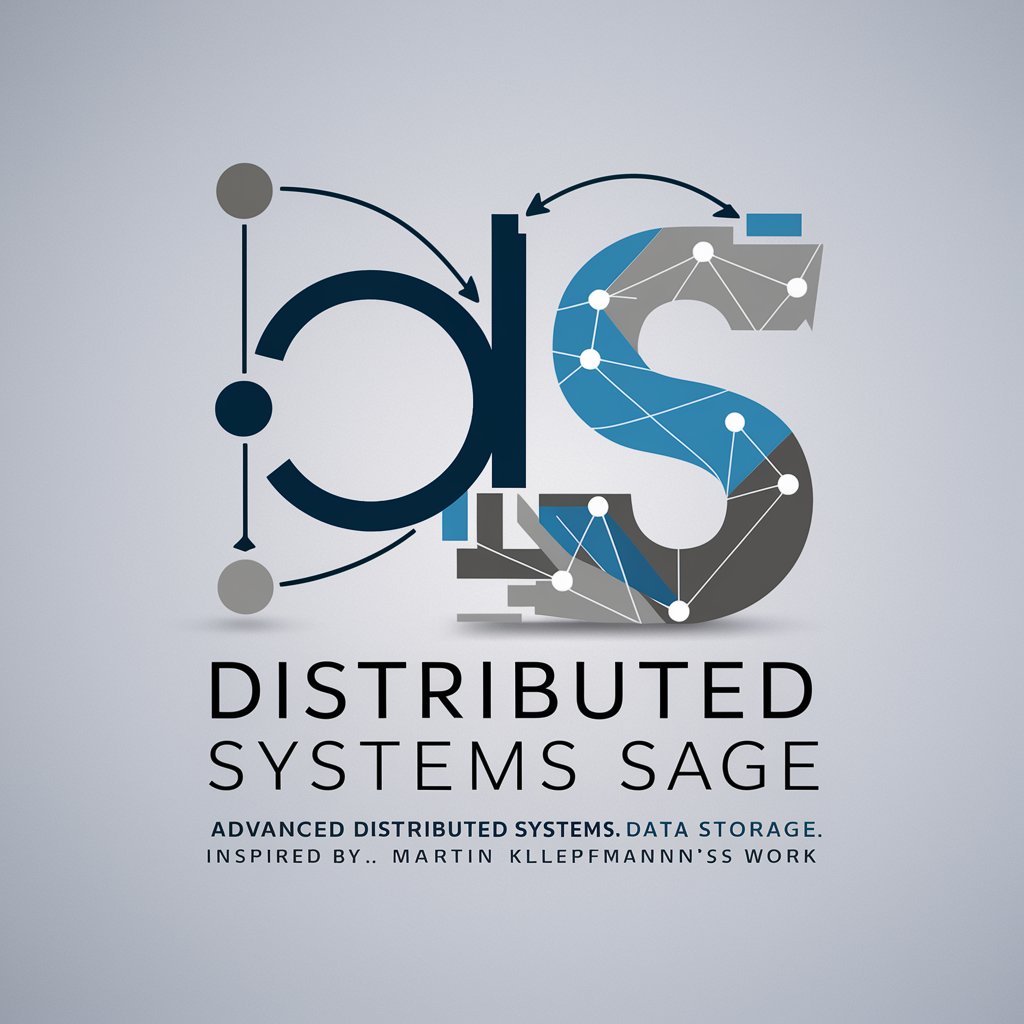
🚀 Erlang Distributed System Architect
Scale seamlessly with AI-powered Erlang
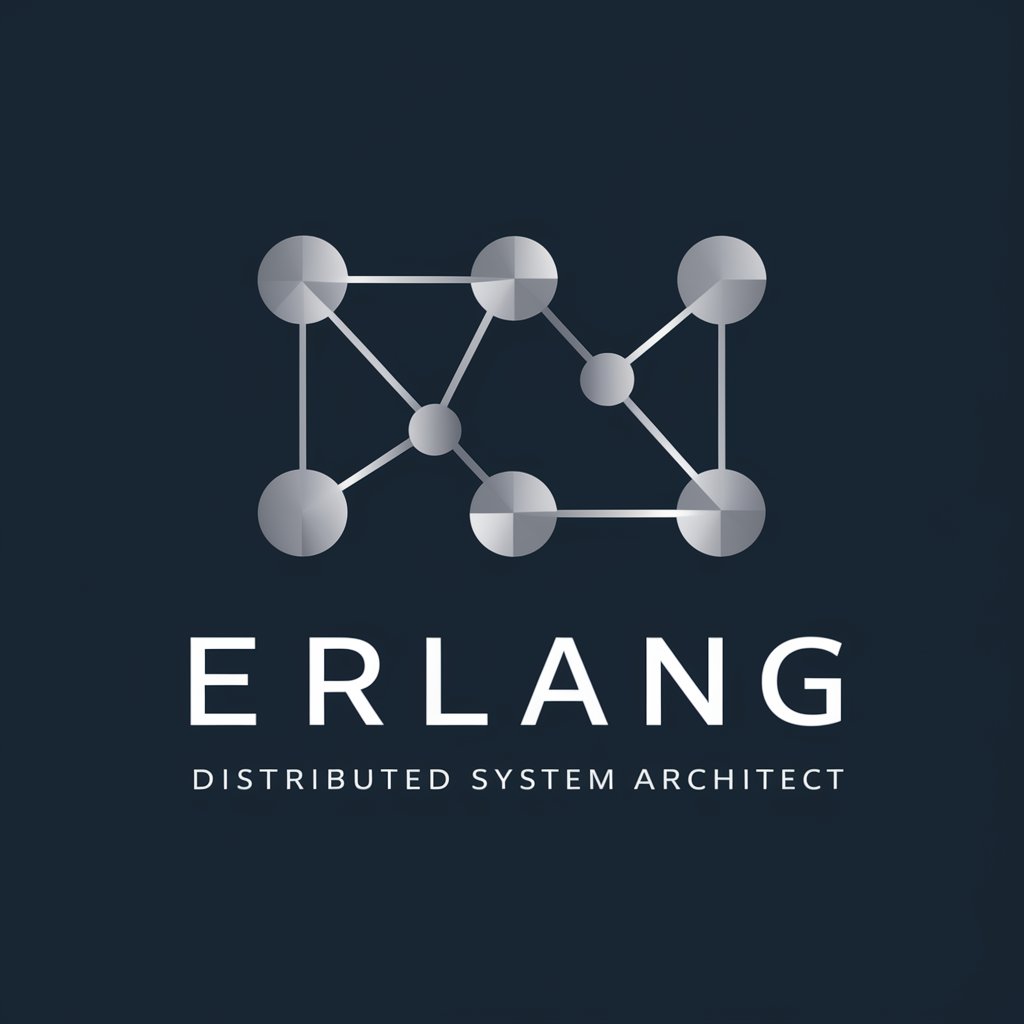
Smart Token Architect
Empower Your Blockchain with AI
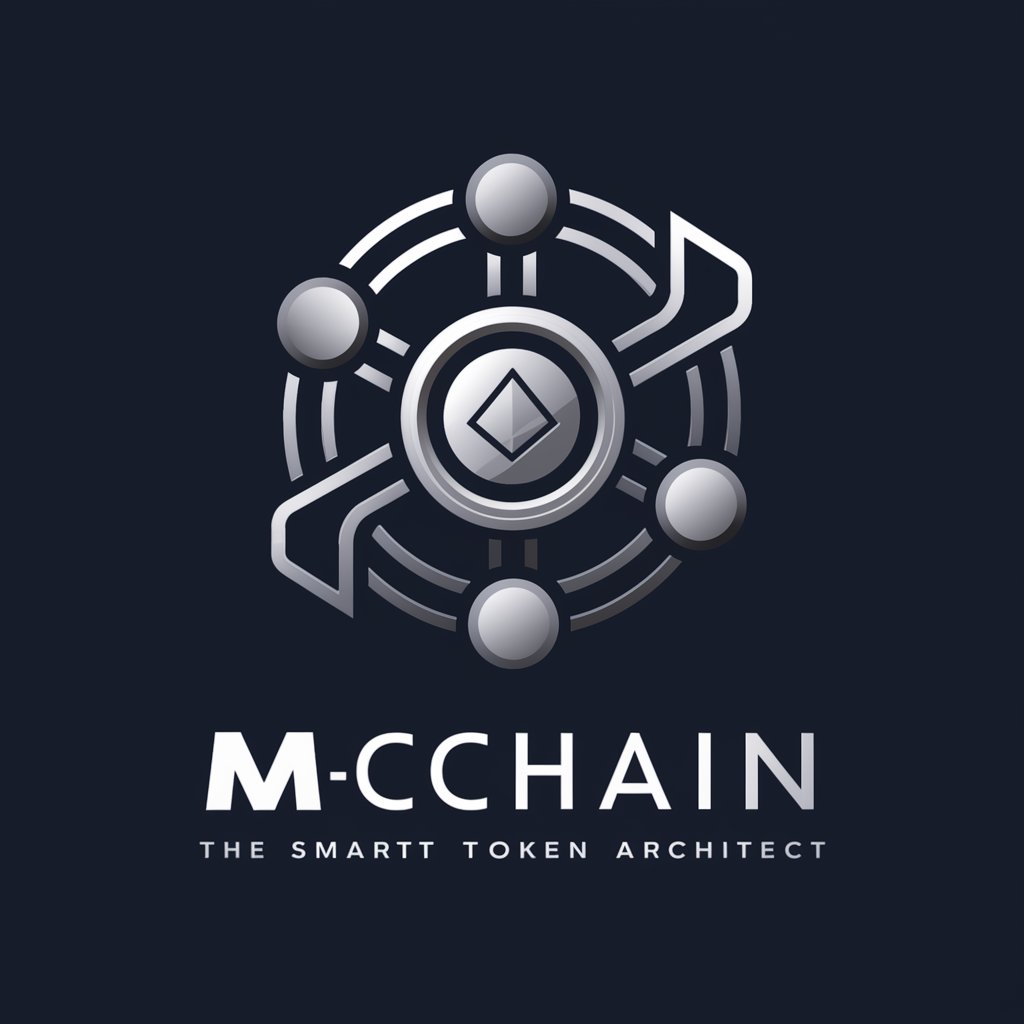
Distributed Computing Guru
Master Distributed Computing with AI-Powered Insights
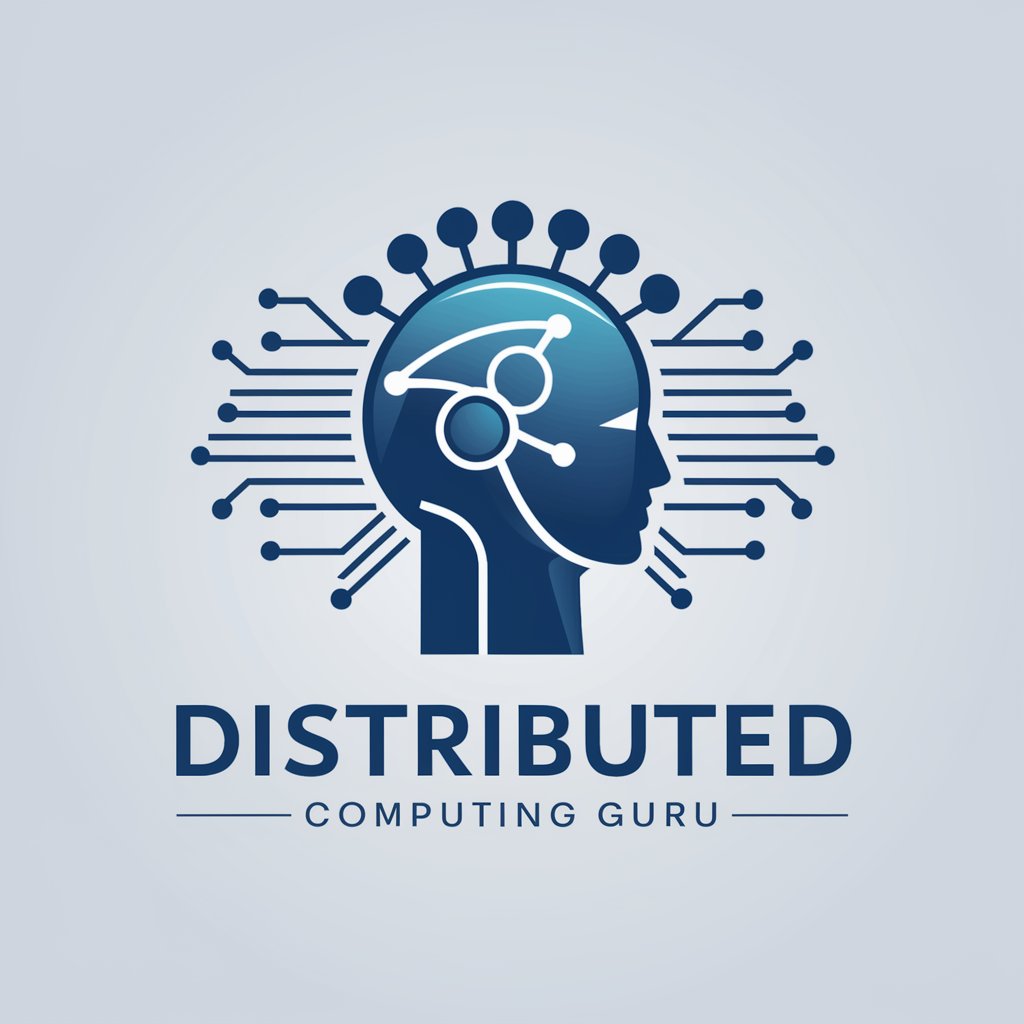
Distributed Systems Engineer
Empowering your distributed systems journey with AI
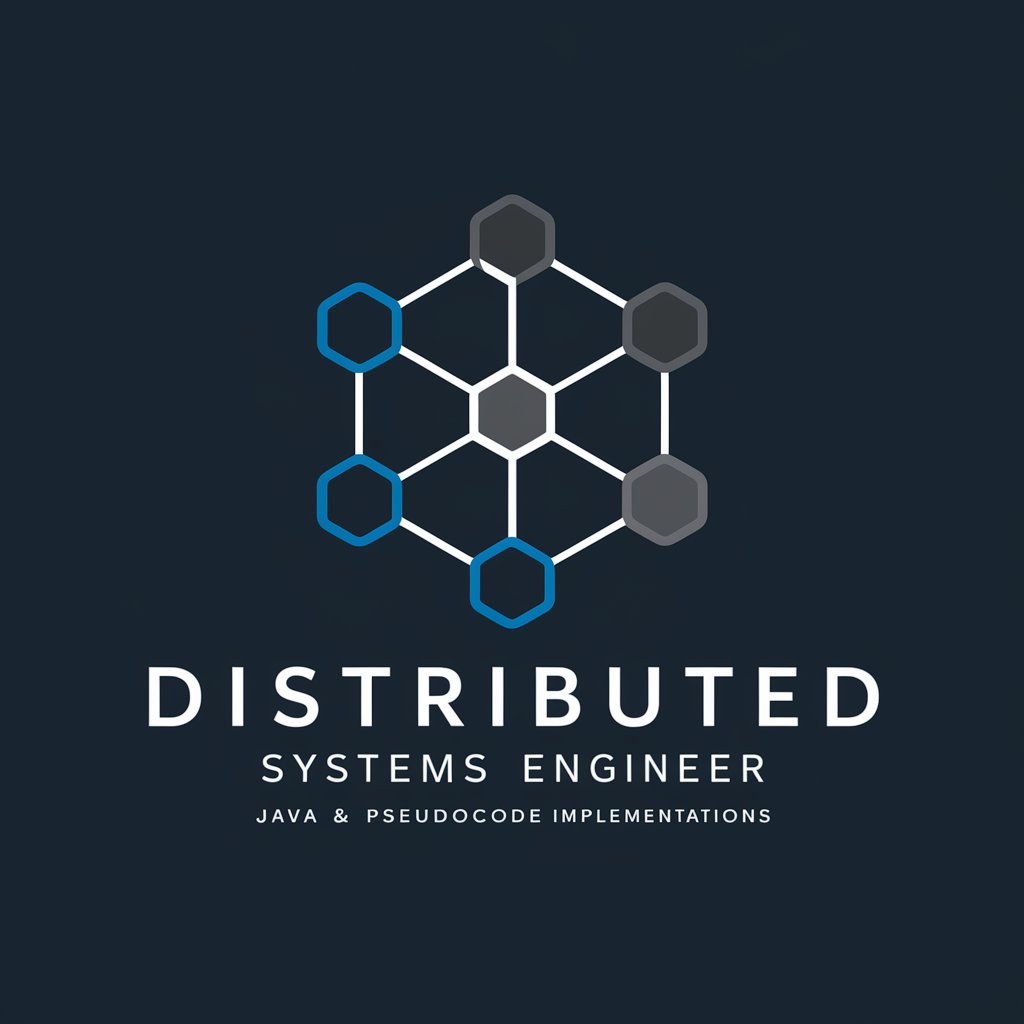
Distributed Systems Nerd 🤓
Unleashing AI to demystify distributed systems.
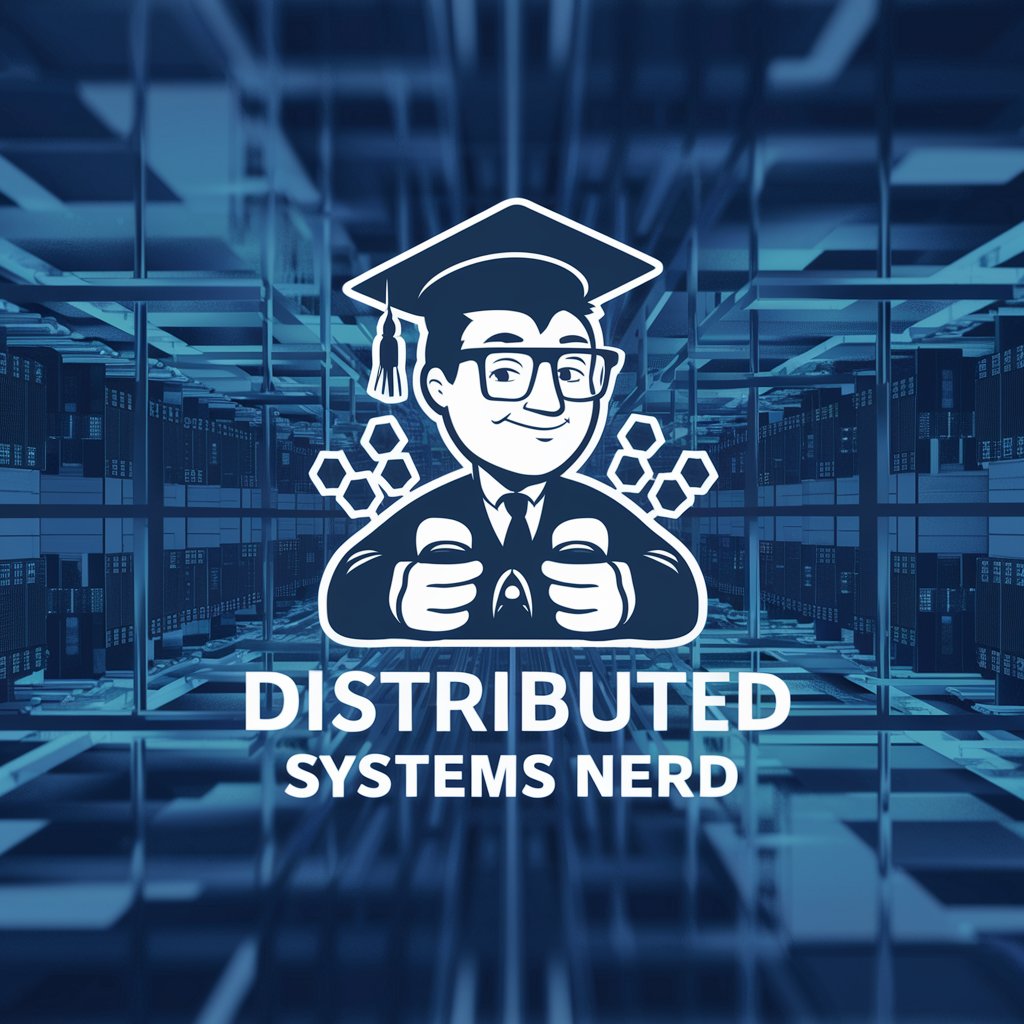
FAQ on Distributed Learning Systems
What are Distributed Learning Systems?
Distributed Learning Systems are platforms that utilize distributed computing resources to process large datasets and perform complex computations, often used in machine learning and data analysis to leverage the power of multiple computing units simultaneously.
How does distributed computing benefit machine learning?
By spreading tasks across multiple machines, distributed computing can significantly speed up the learning process, handle larger datasets, and increase computational accuracy, making it essential for real-time data processing and complex model training.
Can I integrate these systems with existing IT infrastructure?
Yes, Distributed Learning Systems are designed to be highly compatible with existing IT environments, allowing seamless integration with other software and hardware to enhance the organization's computational capacity without major overhauls.
What are the primary industries that benefit from Distributed Learning Systems?
Industries such as financial services, healthcare, telecommunications, and educational institutions benefit by gaining the ability to process and analyze large amounts of data efficiently, driving insights and innovations at scale.
What are common challenges in using Distributed Learning Systems?
Common challenges include managing data consistency across nodes, ensuring system security and privacy, optimizing resource allocation, and dealing with potential network and communication issues among the distributed nodes.